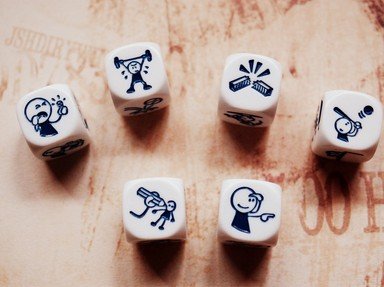Quiz Answer Key and Fun Facts
1. For what purpose was the prayer/hymm to the goddess Ninkasi used in ancient Sumeria?
2. What was regularly neutralised in the United States from 1847 to 1890 with a "fancy cancel"?
3. How long must single malt whisky be matured in Scotland?
4. Gunpowder tea, very popular in China, is actually made from gunpowder - true or false?
5. Billboard advertising has been with the world since the 15th century. The first form of this advertising was known as what?
6. The famous Harry Selfridge's store in London was the first to provide which service for women?
7. What has it become traditional for an American president to do after signing in a new bill?
8. What was the name given to the automatic railway crossing signals once common on American railroads?
9. Which important position did Mark Antony hold under Julius Caesar?
10. Why has the US Pentagon got twice the number of toilet facilities needed for its size?
Source: Author
Creedy
This quiz was reviewed by FunTrivia editor
agony before going online.
Any errors found in FunTrivia content are routinely corrected through our feedback system.


